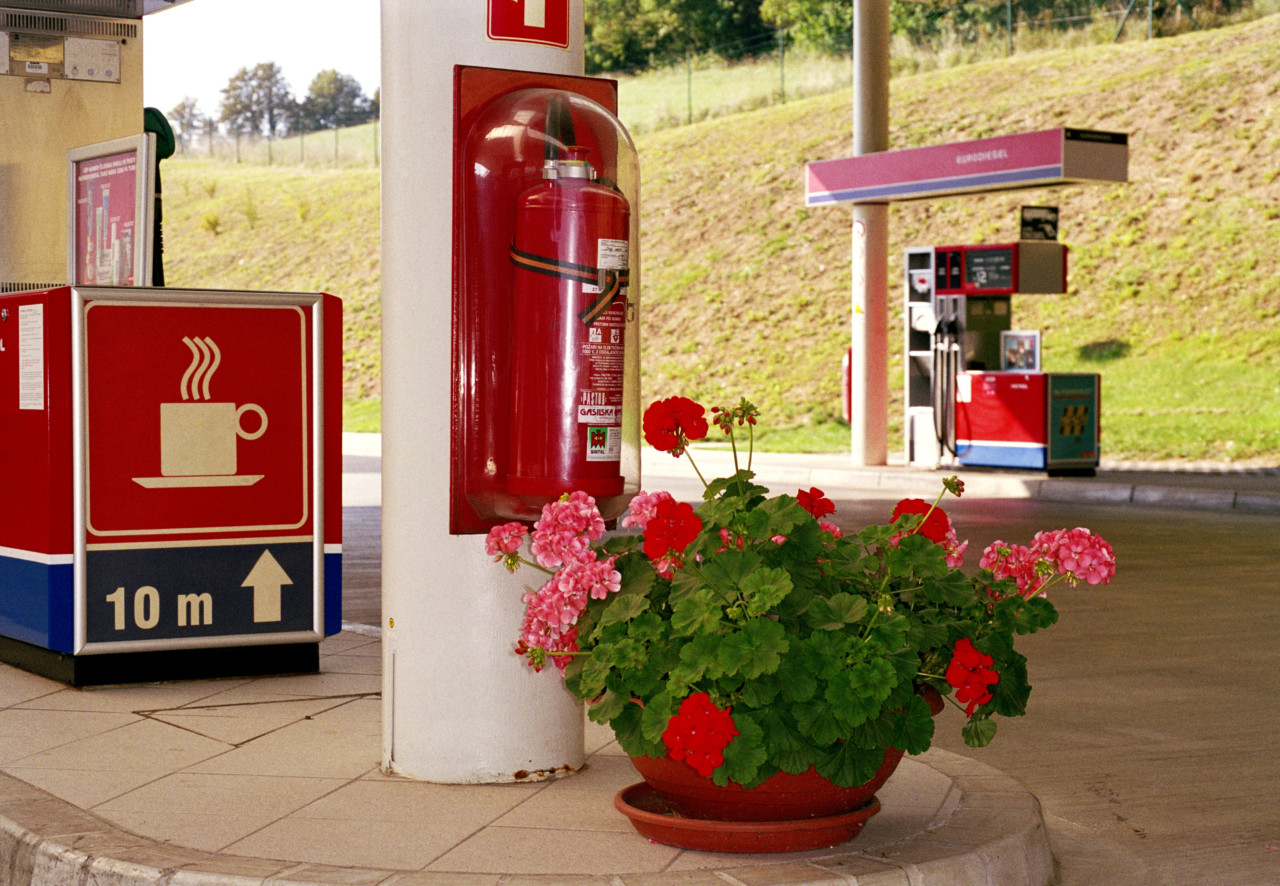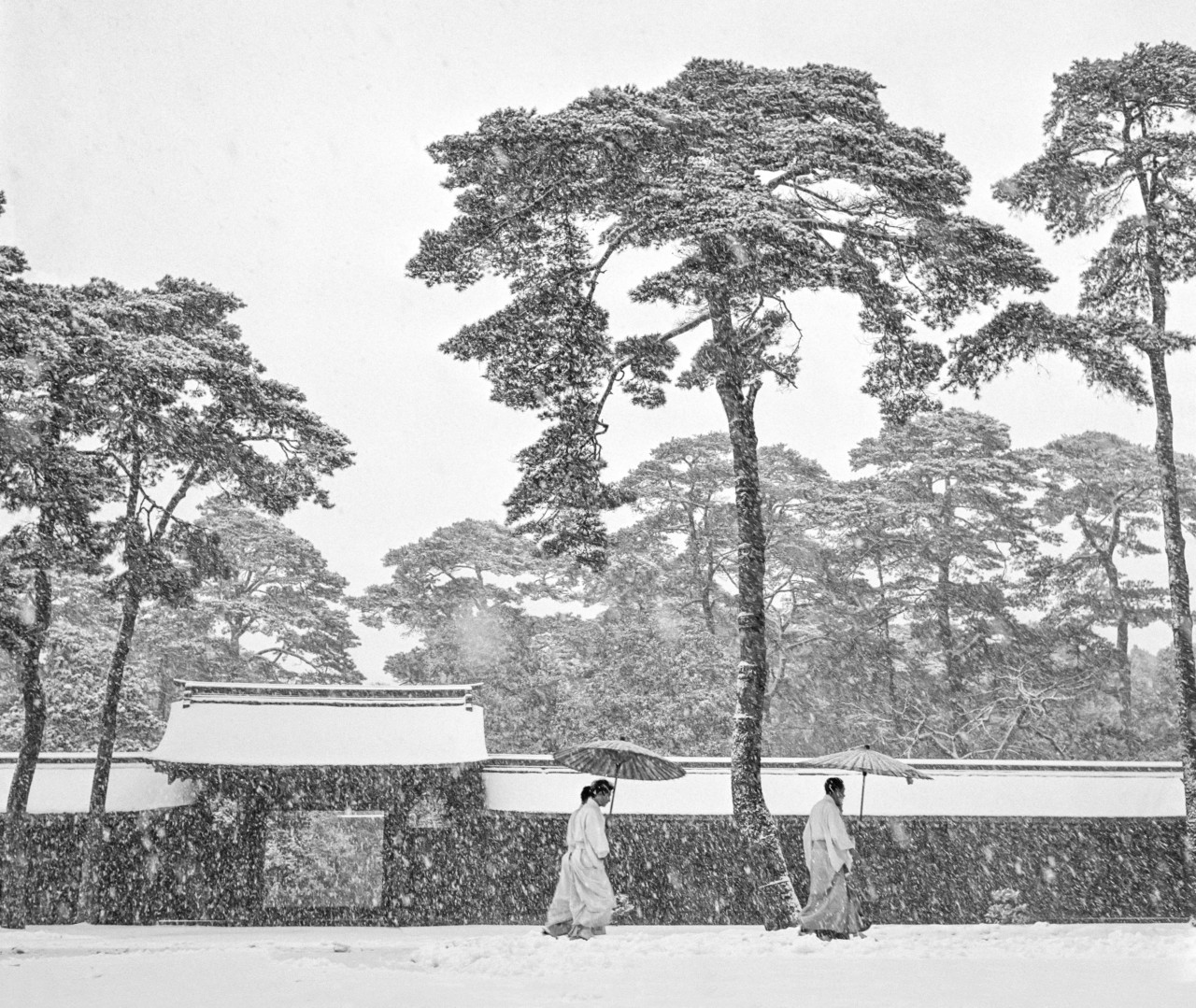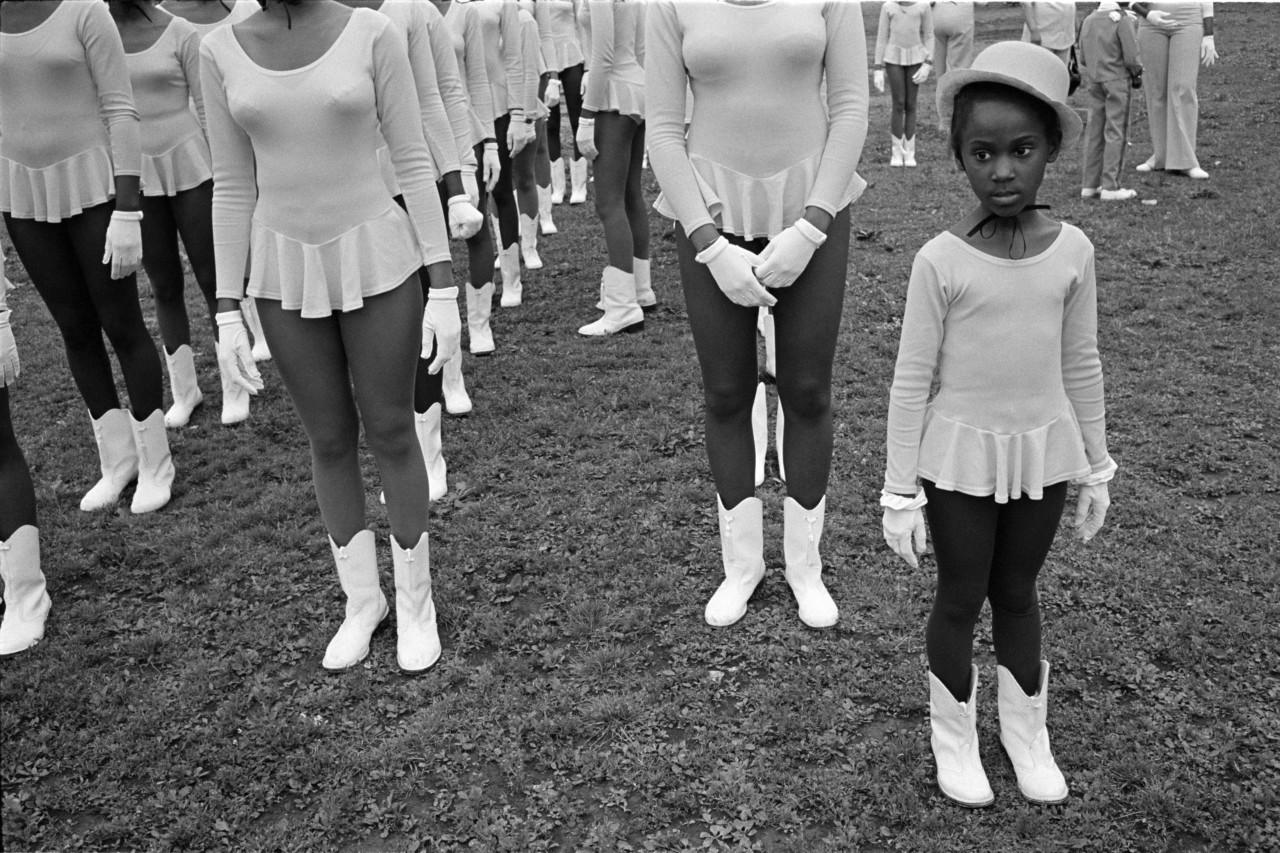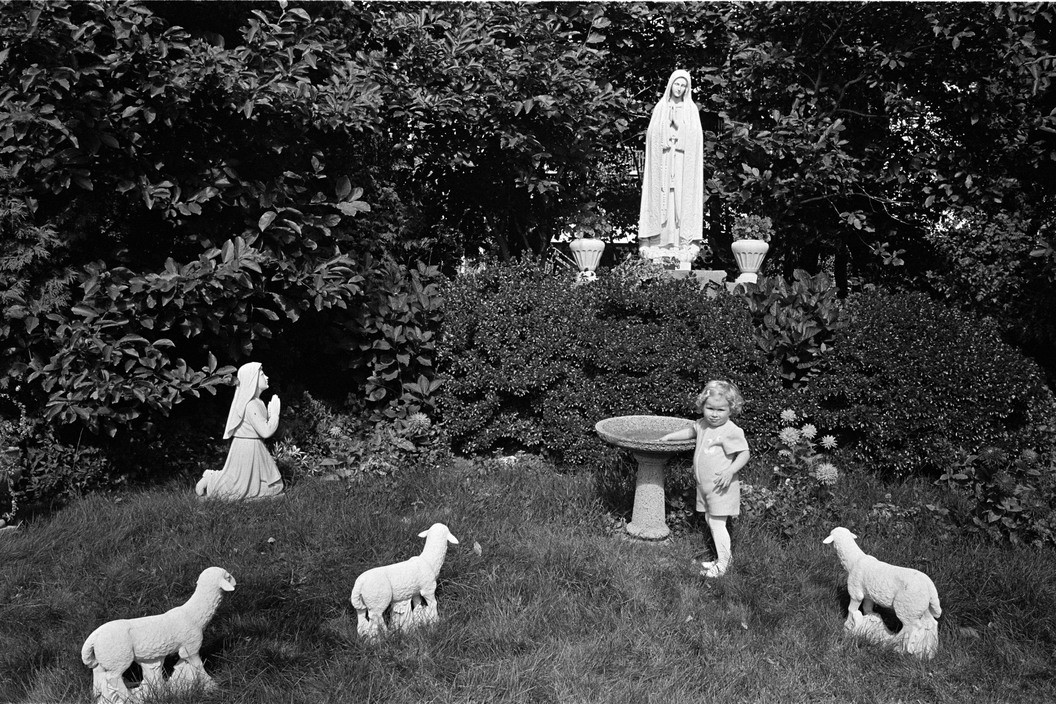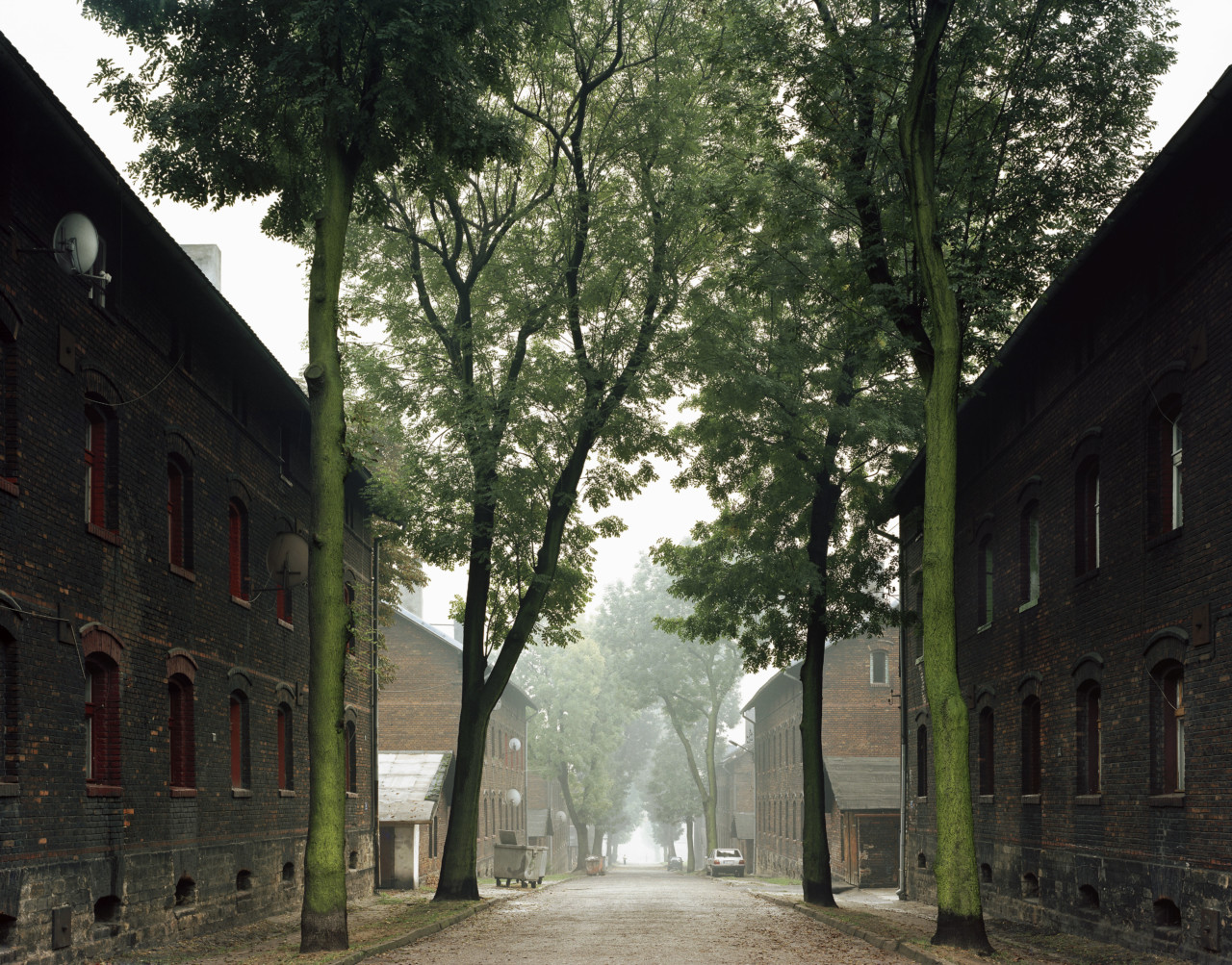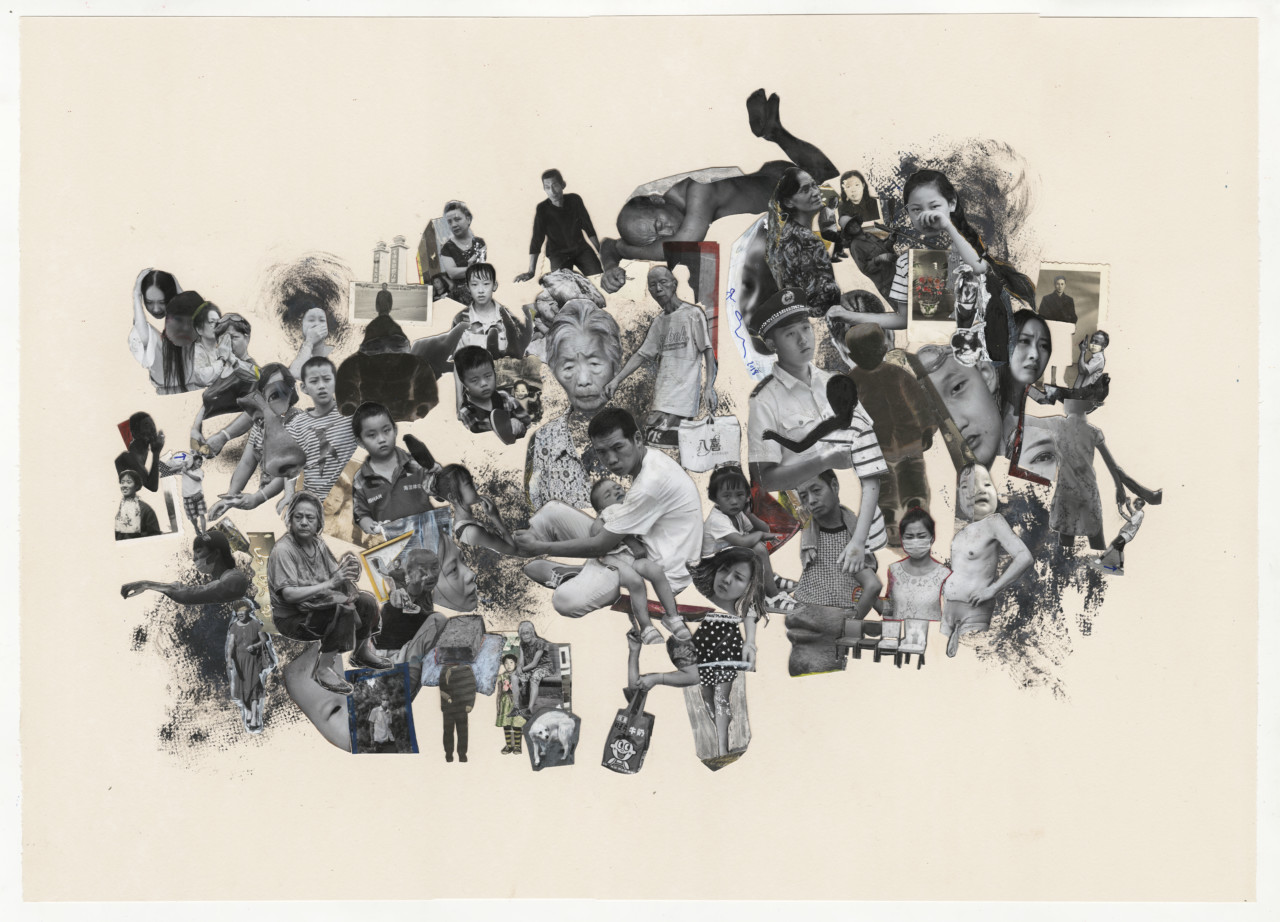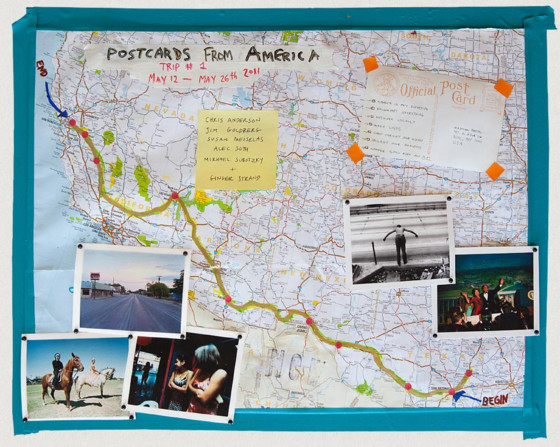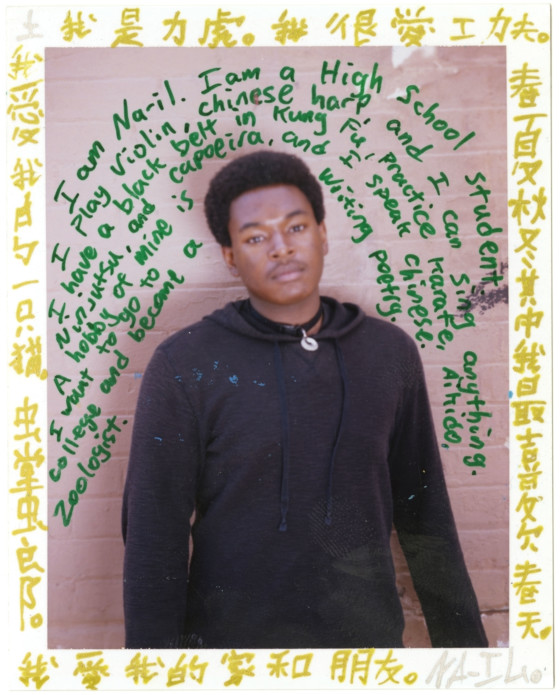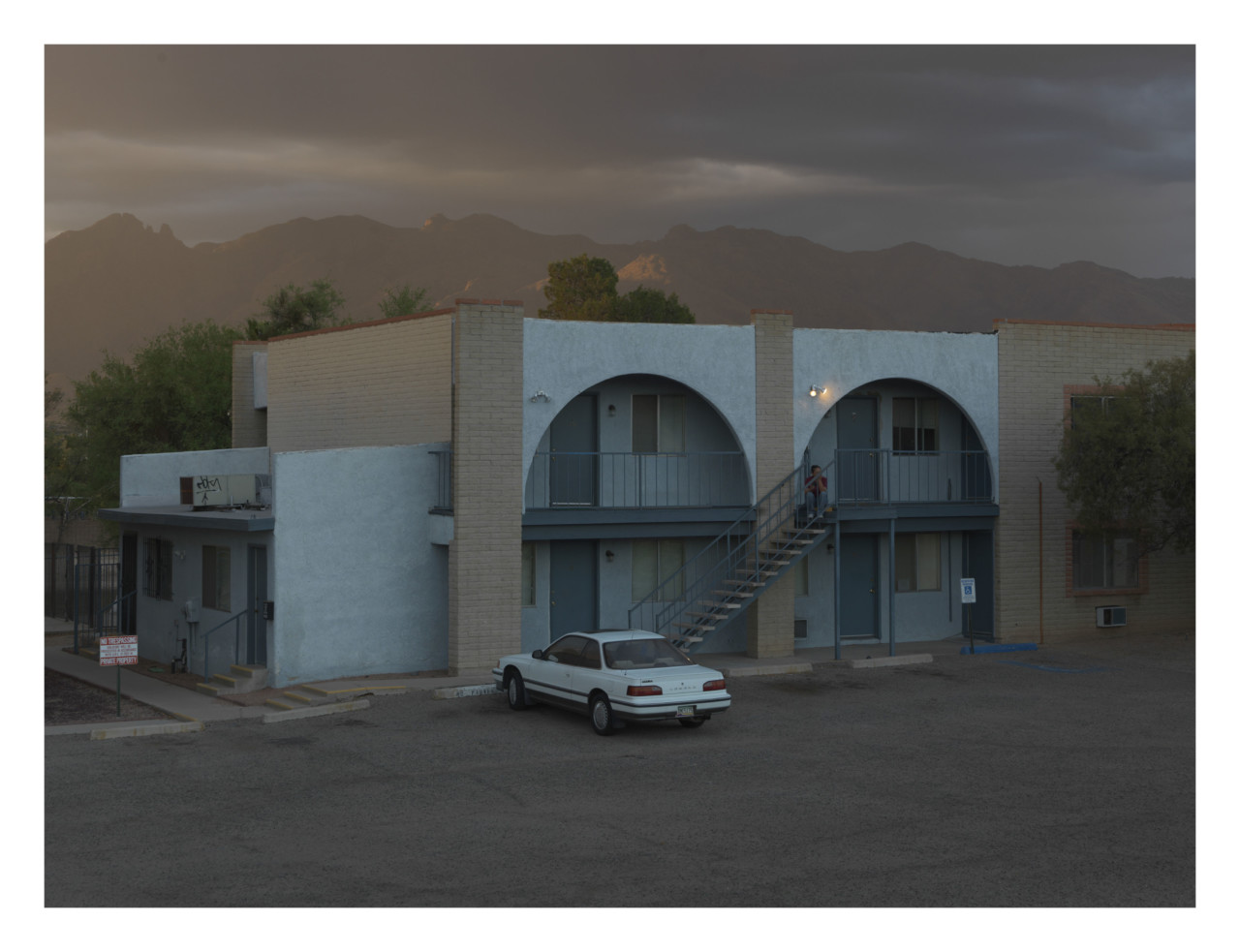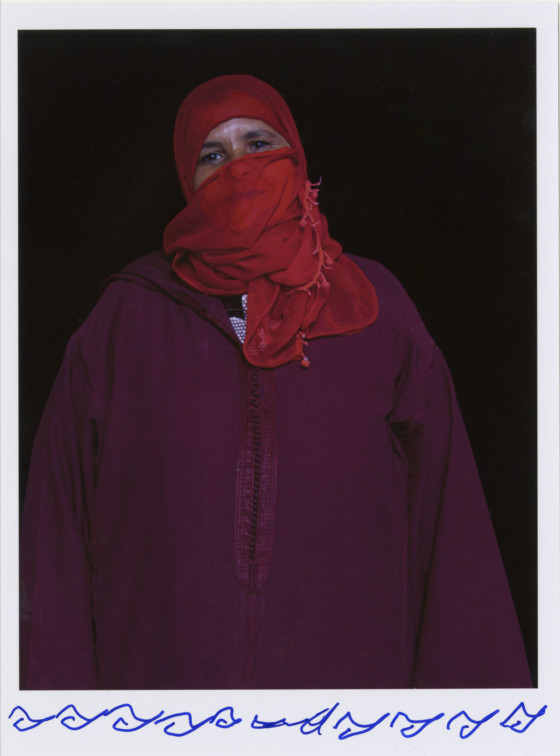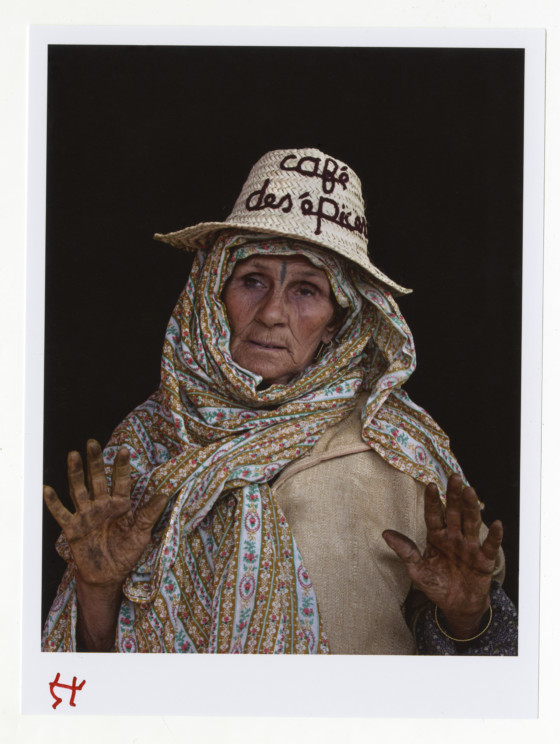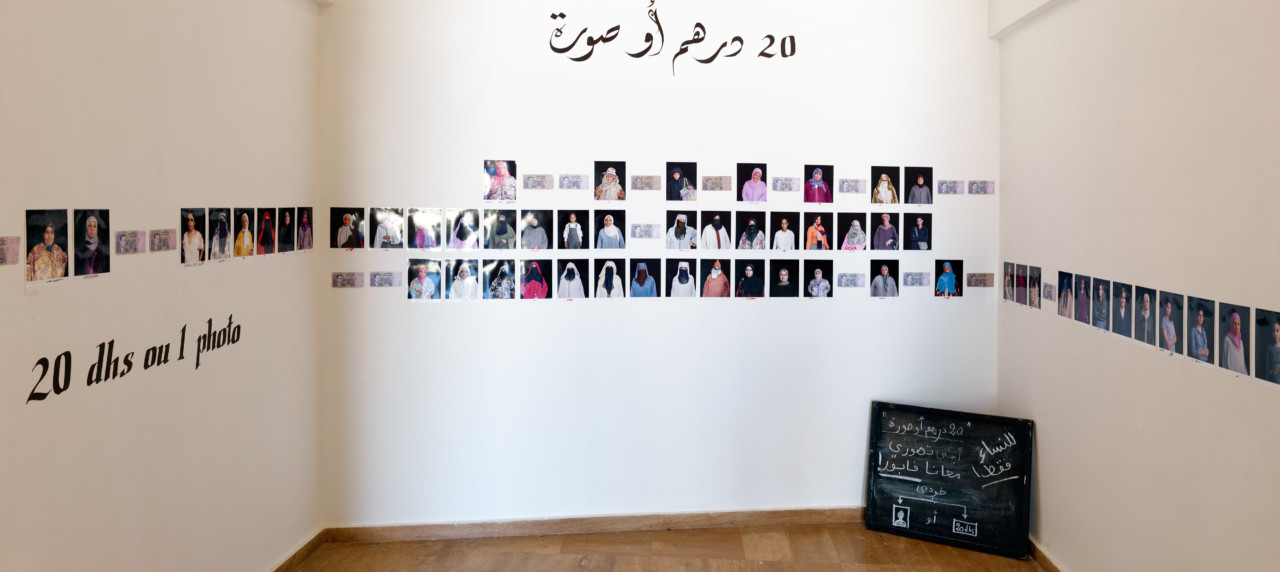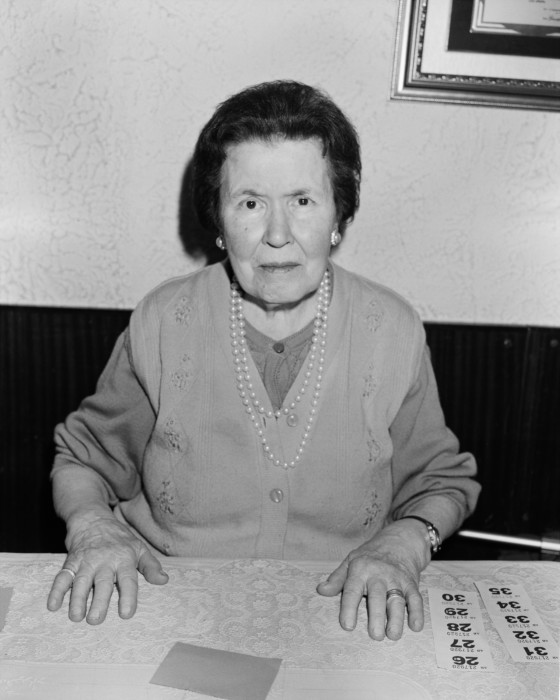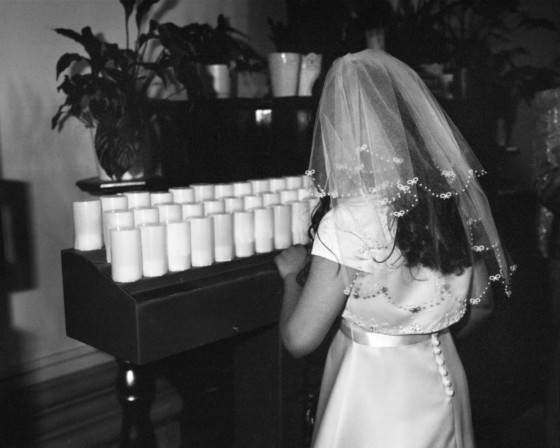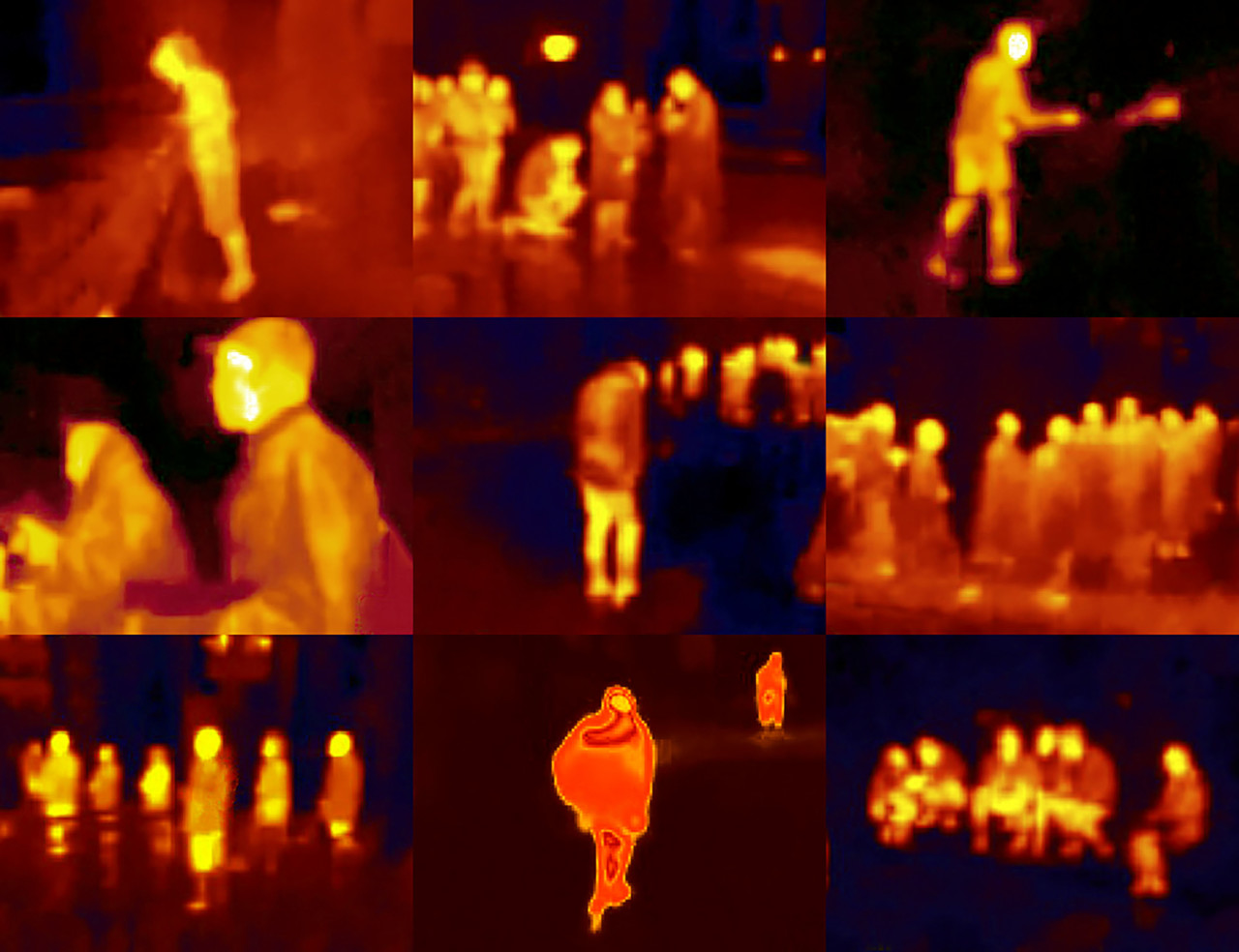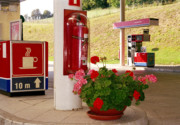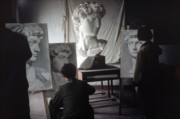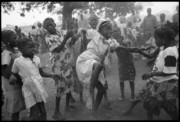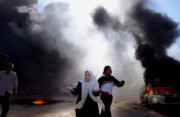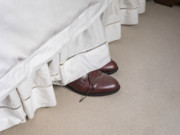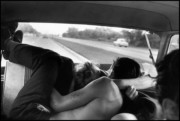Picturing a Place
How Magnum photographers have captured the spirit of a place through diverse commissions and self-started projects
Traditionally the construction of a photojournalistic narrative generally includes an “establishing shot” which frames the context for the story that follows. In the longer form documentary that Magnum is known for, when a photographer creates a study of a location and its people, they bring to it not only their own perspective, but the influence of the subjects they are working with. Through the solo trips, commissioned work and group projects, that have long been part of Magnum’s work, photographers have engaged with places all around the world.
At a recent D&AD event at Second Home Spitalfields, Magnum’s Global Cultural Director Sophie Wright presented an overview of some of the many different ways this has been done over the history of the agency. Here, in a digested version, Wright takes us through some of the key commissions and projects in which Magnum photographers have pictured a particular location.
Japan: Werner Bischof
This project was published posthumously, and was the last book Werner Bischof edited. He was in the second wave of photographers that joined Magnum at a time when the agency was expanding organically to meet the opportunities of the photojournalism market. Bischof was a Bauhaus-trained studio photographer from Switzerland, when he started, and was known within Magnum to be a reluctant photojournalist. He preferred long form documentary to commissions for the picture magazines.
Writing to Capa about the Japan project, Bischof wrote:
“I am trying to project myself into the mind of the Japanese and to understand their way of life from their point of view. A big story never pays, that’s right. I am precisely one of those who likes to make big essays of this kind, and I don’t think I’ll ever stop doing so because these big essays give me a sense of what a country is really like.”
His enthusiasm for the country and people of Japan, in which he found a reflection of his own heightened sense of composition and form, comes through in the beauty of his photographs.
Boston: Constantine Manos
In 1976 Constantine Manos, a resident of Boston since the start of that decade, was commissioned by Prudential Insurance to produce a document of the city during the United States Bicentennial – a series of celebrations and observances during the mid-1970s that paid tribute to historical events leading up to the creation of the United States of America as an independent republic. Costa Manos said of the process of making the work that:
“Neighborhoods, institutions and public events are only abstractions until the camera captures the individual people who breathe life into them. Going out into the city with a small camera and making hundreds of pictures of people doing hundreds of things is a dizzying odyssey. It’s like gathering the bits of an intimate mosaic. Even in thousands of photographs it is impossible to fit all the bits together. They are fragments, suggestions of the myriad human moments in the daily life of a great city.”
Presented as a large-scale outdoor exhibition in the city and as a book, Manos’s work shows his affection for his adopted home, producing a nuanced and varied view of the people and the place.
Eurovisions
Eurovisions is an example of a multiple photographer commission produced in 2004 with the Pompidou Centre, Paris, and supported by Alcatel. It was a photographic assignment on the theme of the “new Europeans” –a response to Cartier-Bresson’s famous photo essay “The Europeans” made 50 years previously. The brief was to document the ten countries that joined the European Union on May 1, 2004: Cyprus, Estonia, Hungary, Latvia, Lithuania, Malta, Poland, Czech Republic, Slovakia and Slovenia. Ten Magnum photographers were each chosen to explore one country with carte blanche to choose an approach that they felt was in keeping with their personal work.
Mark Power went into Poland and began what became a part of a long-form personal project for him, the Sound of Two Songs, that became the work that brought him fully into the Magnum membership. What’s interesting is how the opportunity to engage creatively with a place, provided by an agency commission, can serve as inspiration from something bigger. Our photographers are problem solvers and curious about the world – if a subject grabs them it can result in so much more than was initially intended.
Magnum China
In 2018 Magnum published the big book Magnum China with Thames & Hudson. It was not intended as a definitive essay on China, rather it is an exploration of Magnum’s work in China from 1939 through to the present day, from our archive, finishing with a contemporary commission by Jim Goldberg. To make up for a lack of Chinese photographers, and to structure this as more of a conversation about its subject, we brought in the Chinese photo editor, Zheng Ziyu, to work alongside Colin Pantall with the two operating as co-editors.
The book provided an opportunity to demystify Magnum’s practice of working in China since 1939 – listing clearly where our photographers had travelled to and telling the stories behind why they were there.
The final commission, funded by a private donation, was an opportunity to present a contemporary approach to documentary in the work of Jim Goldberg, less linear in narrative, more accumulative and impressionistic. A means of showing the breadth of Magnum’s practice as a contemporary documentary agency, that encompasses photojournalism right through to artist, these days.
Postcards: Magnum Photographers
Photographers join Magnum for its legacy but also to be a part of a peer group and a community, but in reality they don’t often get the opportunity to work together very often. Even on big group projects, commissions are often produced in isolation with external curators pulling their stories together. However, in 2011, Alec Soth, Susan Meiselas and Jim Goldberg initiated a self-commissioned project so that a number of Magnum photographers could start making work together.
Entitled Postcards from America, the basic premise came from a crowd funding initiative that would send postcards to the community of supporters who helped fund the first trip: 5 photographers and a writer travelled down the West Coast of America in a camper van, documenting the landscape and communities that they drove through. The project ended with a pop-up show where their audience gathered to see the work made. After the creative and critical success of this pilot, Postcards was expanded over a number of chapters that followed.
Alec Soth said of the project: “We knew each other through Magnum, obviously, but we’d never actually tried to work together. We wanted to see what that would be like, to see if we could create a kind of polyphonic sound.”
Marrakech: Magnum Photographers
In 2013, in response to the energy unleashed by the postcards project “A Portrait of Marrakech” was conceived. The agency witnessed the creative success of the collective approach and thought “how can we translate that into a slightly more formalized structure within a limited space in which to interact?” Developed in partnership with a nascent museum called MMPVA that was based in the Badii Palace in Marrakech, this was to provide audience building activity for a local and international audience around their new photography programme. Five photographers, Jim Goldberg, Mark Power, Mikhael Subotzky, Susan Meiselas and Abbas were to live and work together in Marrakech, with the curator Simon Njami.
We purposely chose a group of photographers, amongst which only one, Abbas, had experience of photographing in the city. Njami provided the project with the voice of someone with a local network. Inevitably, given the context, this proved to be an extremely challenging project. Marrakech is a location that has changed hugely with tourism and cheap air flights and despite our collaboration with the local institution, and our working with local photography students, the city proved oftentimes unenthusiastic about being photographed.
However, out of this challenge, came great work. Susan Meiselas had gone into the commission intending to exchange with the women of Marrakech and create a project where she could incorporate their voices. Initially she found it very hard to find a context to evolve a relationship. In the end she resolved this by creating a pop-up studio in the local spice market with two young Moroccan photographers, Laila Hida and Imane Barakat.
With them, she collaborated on her project, “20 dirhams or 1 photo?” in which she invited women to participate in having their portrait made in public space. They had to choose to keep a signed photograph for themselves (which was processed and printed on the spot) or receive a 20 dirham note (the cost of making a portrait in a local studio) in exchange for the print which they agreed could be installed at the Badii palace. Through this transaction she questioned the photograph as a valued object and the act of being photographed as one of potential consensual.
As she explains in the text accompanying the work: “A photograph is an expression of a relationship. What can I offer or exchange? Tourists taking pictures of people as objects merely part of the landscape, or photographers searching for form; I see the pictures I am not taking. An outsider acknowledgement of the impossibility; no illusions to immerse. Doors open slightly only to reveal lives which cannot be entered. The challenge is to create active participation by those who protest the photograph being made: a collaboration of a pop-up Sunday studio to confront the question of the value of a photograph vs. the dirham to those imaged here.”
Acquired by a number of institutions, this work has been exhibited at SFMOMA last Autumn, and will be shown this Autumn at Tate Modern in London.
The Magnum Live Lab
Most recently the Live Lab, is a project we evolved for our 70th anniversary in 2017. Harnessing the energy of creative production, it was developed with the knowledge that a lot of commissions last two weeks in duration; combining this with a carte blanche brief and the challenge of a pop-up exhibition we launched this experimental, collaborative residency in our Print Room during Photo London.
Collaborating with the Museum of London, who’s photography curator, Anna Sparham worked with us to develop a brief and end presentation with three photographers: Olivia Arthur, Mark Power and Carl de Keyzer, funded by the Arts Council, Argent and a private foundation. Photography was created in response to the Clerkenwell area of London and the surrounding areas northward to Kings Cross, capturing residents, street life and architecture. Open to the audience, without any end-point conceived, our photographers produced new work, and then a pop-up exhibition, with the whole process being captured in a short film. A portfolio of work from the project went into the collection of the Museum of London.
We have subsequently repeated the model in Paris, Shenzhen and most recently Moscow, partnering with different local organizations each time. New photographer projects have been initiated by this platform, with Antoine D’Agata, Bieke Depoorter, Christopher Anderson and Alex Majoli incorporating the work made into their wider personal practice. The lab’s distinct architecture, creative challenge and shared goals, has proven a potent source of new production in response to place.
Magnum Creative
For more examples of Magnum photographers’ creative commercial work, and information on how you can work with Magnum on creative commercial projects, visit the new Magnum Creative site here.
Thank you to Second Home Spitalfields for hosting Magnum, and D&AD for inviting us to participate in the D&AD Fringe Festival.


